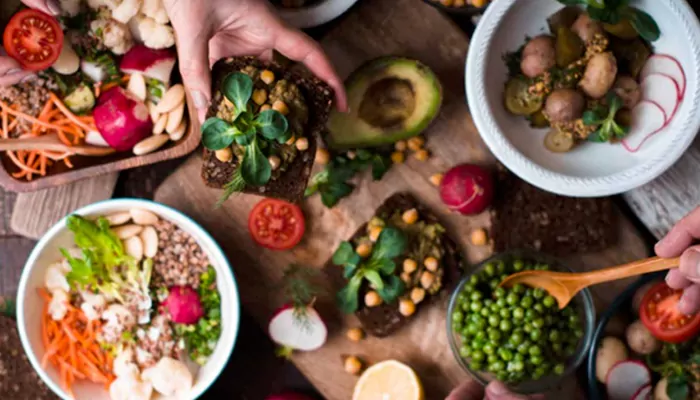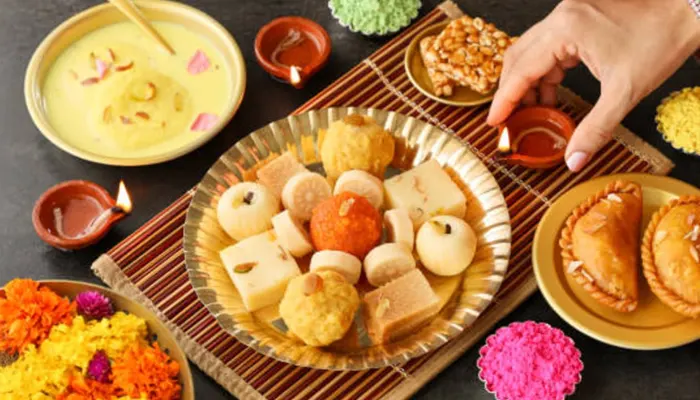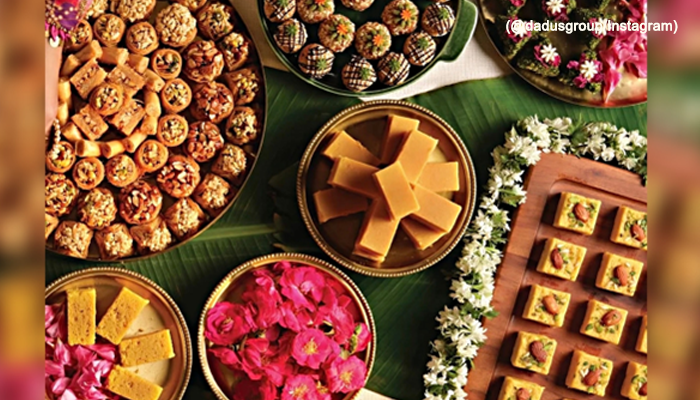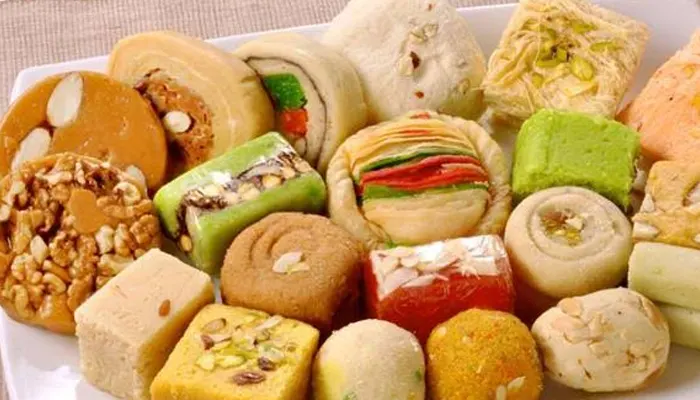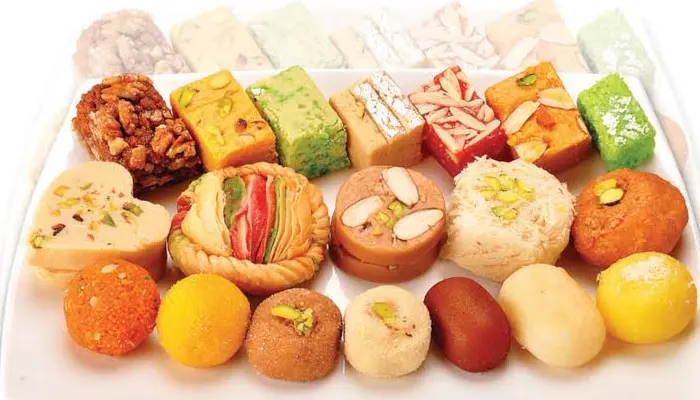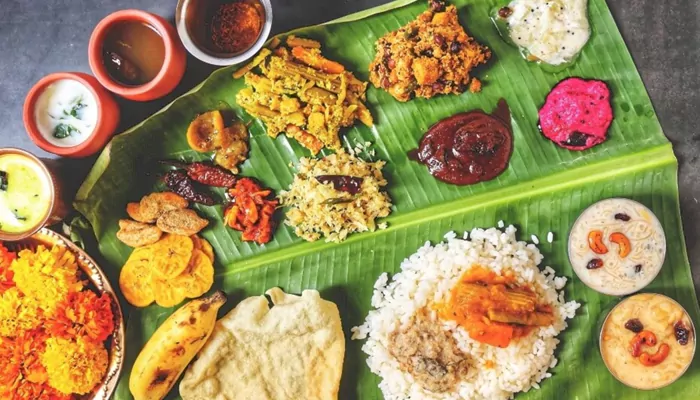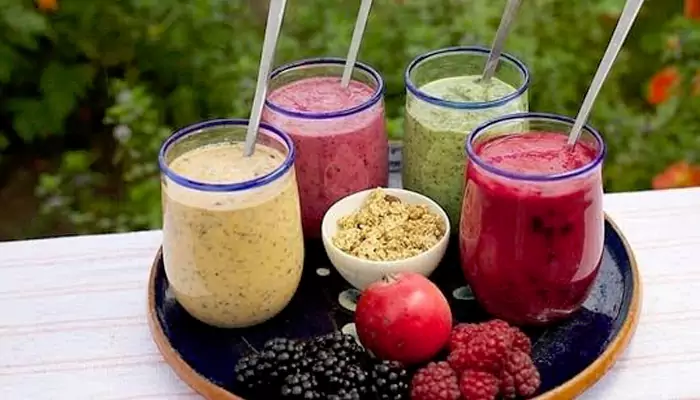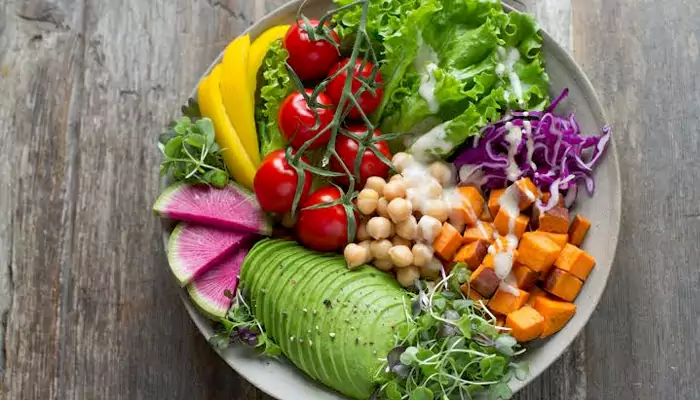
"Wagashi" basically means "Japanese sweets," all about those traditional Japanese treats. And then there's "Yougashi" for the Western confectioneries, giving you a clear line between the two sweet worlds.
You probably know that rice is a big part of Japanese cuisine, right? But did you know it's not just for savoury dishes? Japanese people have a knack for turning rice and rice flour into some seriously tasty sweets! There's a whole bunch of delicious treats out there—from classic rice cakes to modern desserts—that'll make your taste buds dance. Intrigued? Keep scrolling to dive into the wonderful world of Japanese rice-based sweets!
Mochi
Mochi is a well-loved symbol of Japanese cuisine. It's basically a simple, sticky rice dough with a mild flavour that you can enjoy as-is or prepare in different ways—freeze it, grill it, or fry it up. It's super chewy, stretchy, and really soft. Sometimes, mochi is shaped into balls and eaten plain, but as wagashi (Japanese sweets), it gets fancy! You can find it filled with fruits, ice cream, or sweet paste, wrapped in leaves, topped with all sorts of goodies, or even flavoured and coloured. Mochi is made from mochigome, a starchy short-grain rice that's also called sweet rice or glutinous rice. Making mochi isn't a solo job—it's a social event called mochitsuki. You'll often see two mochi cakes with a tangerine on top as a traditional New Year's display called kagami mochi. Beyond just food, mochi plays a significant role in various Japanese ceremonies.
Uiroe
Ever tried Uirou? It's a wonderful rice flour treat similar to mochi, sometimes even called uirou-mochi. Unlike mochi, uirou is softer and less chewy, making it easier to whip up at home if you're feeling adventurous in the kitchen! The subtle sweetness and lovely aroma of uirou come from Muscovado, a type of dark brown sugar known as kurozatou in Japanese. This sugar adds a rich flavour profile, blending crystal sugar with molasses, though regular brown sugar works well too. Uirou often gets extra tasty with fillings like anko (sweet red bean paste), matcha green tea, yuzu citrus, strawberry, or chestnut. It's a treat that blends tradition with creativity, perfect for exploring new flavours and textures.
Dango
Dango is like the Japanese cousin of mochi, but with a twist! Imagine three to five adorable rice balls lined up on a stick, each decked out with a range of sweet toppings! The dough is a mix of uruchi rice flour and glutinous rice flour (mochiko), giving it that chewy, mochi-like texture we all love. But Dango brings its own flavour. While it's still delightfully neutral and chewy, it leans towards a lighter, sweeter taste compared to mochi. That's why these skewers often get the royal treatment, with toppings galore or hints of flavour blended right into the dough. It's a fun, tasty treat that shows off the playful side of Japanese sweets!
Yubeshi
Did you know miso and soy sauce aren't just for savoury dishes? Take yubeshi, for example—a delectable sweet treat that brings these unexpected flavours into the dessert realm. It’s basically a blend of rice flour, walnuts, and zesty yuzu citrus juice, all kneaded together and steamed to perfection. What emerges is a chewy, elastic sweet with a heavenly walnut aroma. In some parts of Japan, they even hollow out yuzu fruits and fill them with these delicious ingredients for an extra special treat. Who knew miso and soy sauce could make such a sweet surprise!
Japanese sweets are a whole different ballgame compared to your usual cakes and chocolates! Forget about butter and oil—wagashi, these Japanese treats, keep it natural with flavours that are mild and refreshing, not sugar-packed. It's like a gentle breeze of sweetness rather than an avalanche of sugar. With so many types to choose from, there's definitely a wagashi out there to tickle your taste buds in just the right way!

